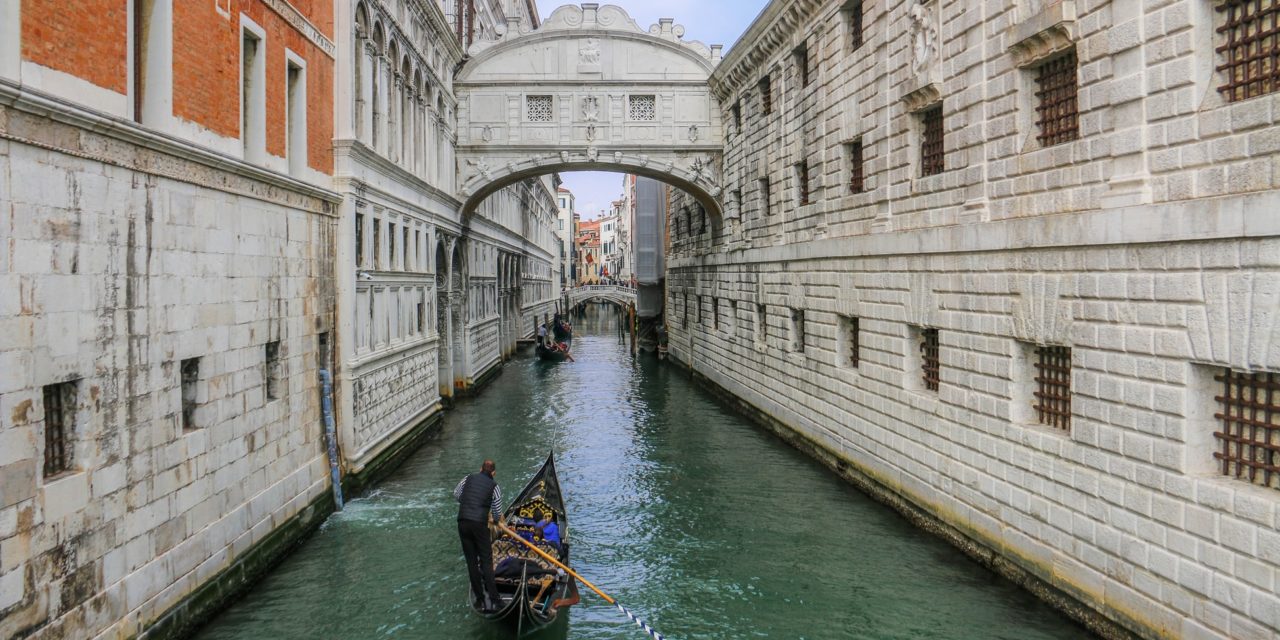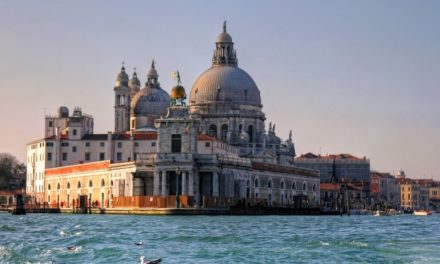We may be preoccupied with a certain ongoing global crisis, but that doesn’t mean that public enemy number one has suddenly taken the day off. The vast environmental impact of human-induced climate change is a problem unlikely to go away anytime soon.
Rising sea levels are one of the most pressing issues when it comes to global warming. As we send more harmful greenhouse gases into the atmosphere, effectively heating up the ocean, the water it holds expands leading to a change in sea levels. Higher temperatures have also led to excessive melting of glaciers and ice sheets contributing to sea levels rising dangerously every year.
This rise, combined with several other factors, are affecting some of the world’s most populated cities. If stringent measures are not implemented before its too late, some of these destinations will be wiped off the map.
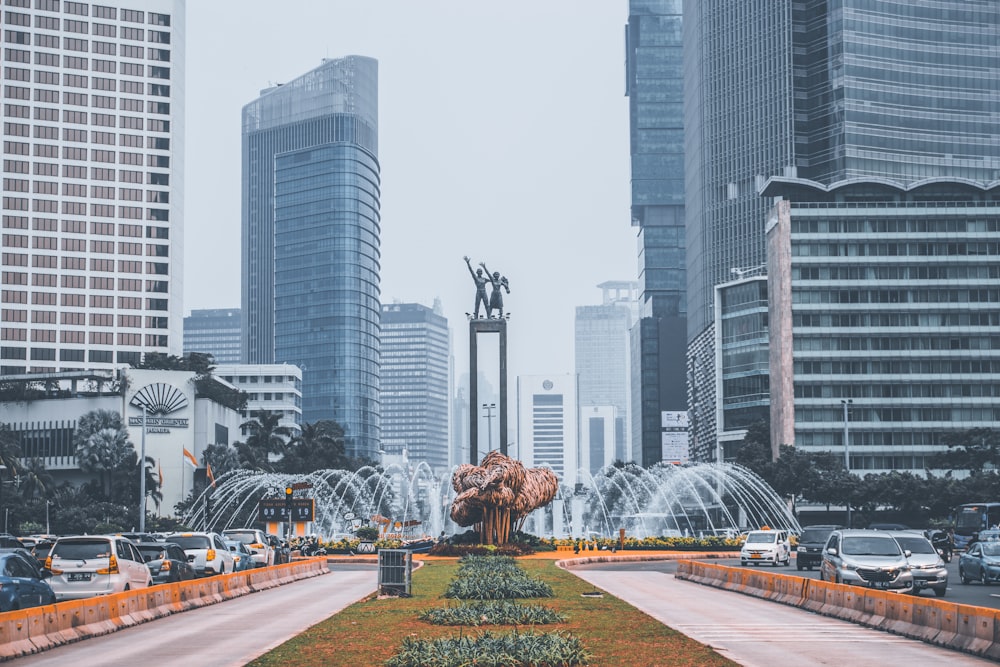
- Jakarta, Indonesia
Indonesia’s capital city – and one of the world’s most populous urban areas – is on a fast-track course to vanishing off the face of the earth. Jakarta is sinking around 6.7 inches per year as a result of over-extraction of groundwater, poor drainage systems and the spread of slums in the city coupled with rising sea levels. Experts believe that much of the city could already be underwater by 2050.
The decision to move the capital city away from Jakarta had already been in discussion for several decades, but it wasn’t until 2019 that President Joko Widodo announced it would be moved to East Kalimantan.
Read more: 5 Countries That Moved Their Capital Cities

- Miami, Florida
Flooding is so frequent in Miami that it happens even when it’s not raining. The city’s sea levels are rising faster than other parts of the world posing a series of problems for its residents which includes the pollution of drinking water.
According to environmental author Jeff Goodell: “There’s virtually no scenario under which you can imagine Miami existing at the end of the century.”
Due to it being a low-lying city, Miami will have to raise its structures if it hopes to remain inhabitable.

- Lagos, Nigeria
Lagos is one of Africa’s most populous and one of the world’s fastest growing cities, but with that comes challenges. The geography of the city, particularly its low coastline, has fell victim to erosion.
A 2012 study from the University of Plymouth reveals that if sea levels were to rise between 3-9ft, it would “have a catastrophic effect on the human activities in these regions”.
Another study shows that global sea levels could rise more than 6ft by the end of the century.
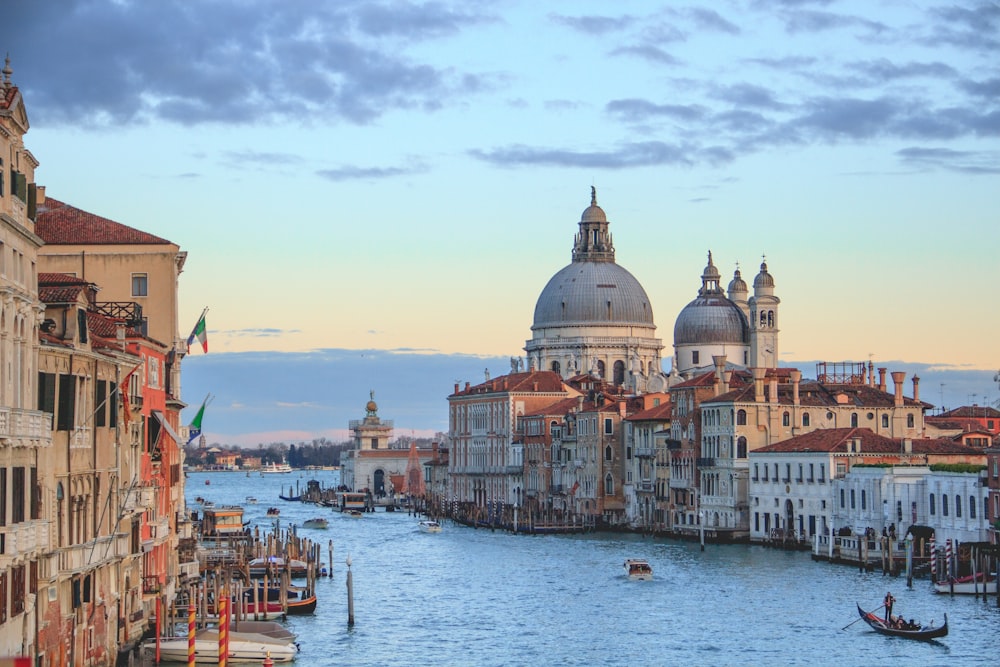
- Venice, Italy
What could go wrong with a city floating on water? Venice may be a popular tourist destination, but the city is particularly vulnerable to flooding as it sinks at a rate of 0.08 inches per year. Late last year, the city was inundated by the worst floods since 1966.
A flood defence project has been in construction since 2003 but it missed its 2018 deadline due to a corruption scandal. It is now on track to be completed in 2022.
Read more:
Venice Inundated by the Worst Flooding Since 1966
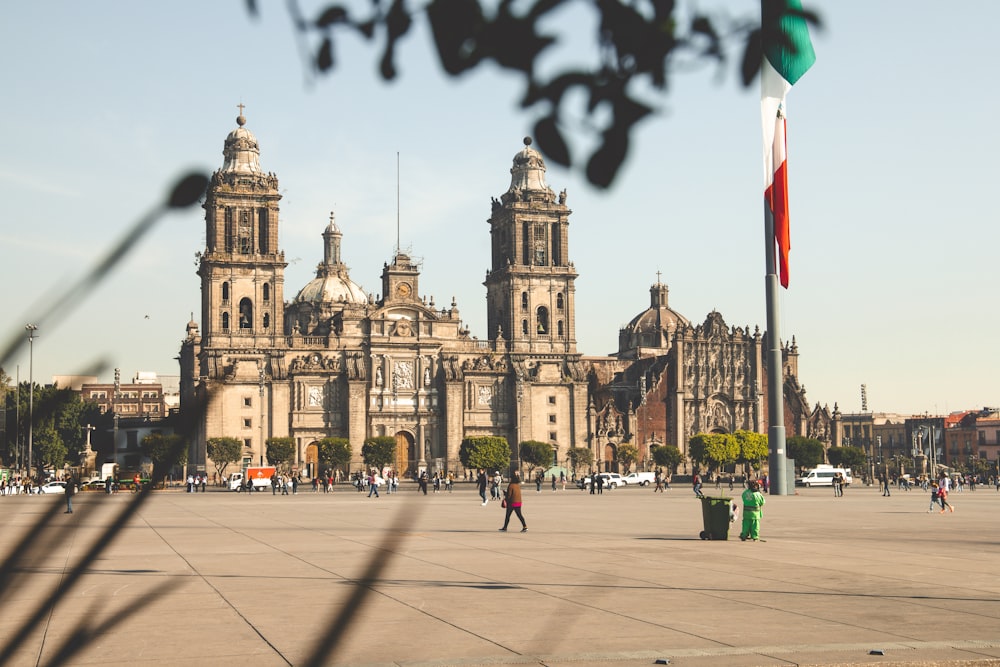
- Mexico City, Mexico
Estimates show that in the last century, Mexico City has sunk around 33ft or 10 metres. The city was planned terribly thanks to Spanish invaders who drained the Texcoco Lake – a significant source for freshwater. The Spanish built their own system which quickly became vulnerable to seasonal flooding. They continued to drain the lake and turned to groundwater for drinking water.
However, due to the over-extraction of groundwater, the acquirers beneath it quickly became depleted, eventually leading to its sinking. Some areas of the city are sinking up to 40cm per year, leaving buildings dangerously tilted and pipes bursting.
- This Artist is Making the Underwater Arena His Canvas - 28th April 2021
- A Video Game that Promotes Peace and Conflict Resolution - 15th March 2021
- Netflix’s ‘Living Undocumented’ is a Difficult Series to Watch, and Exactly Why We Should - 9th March 2021

